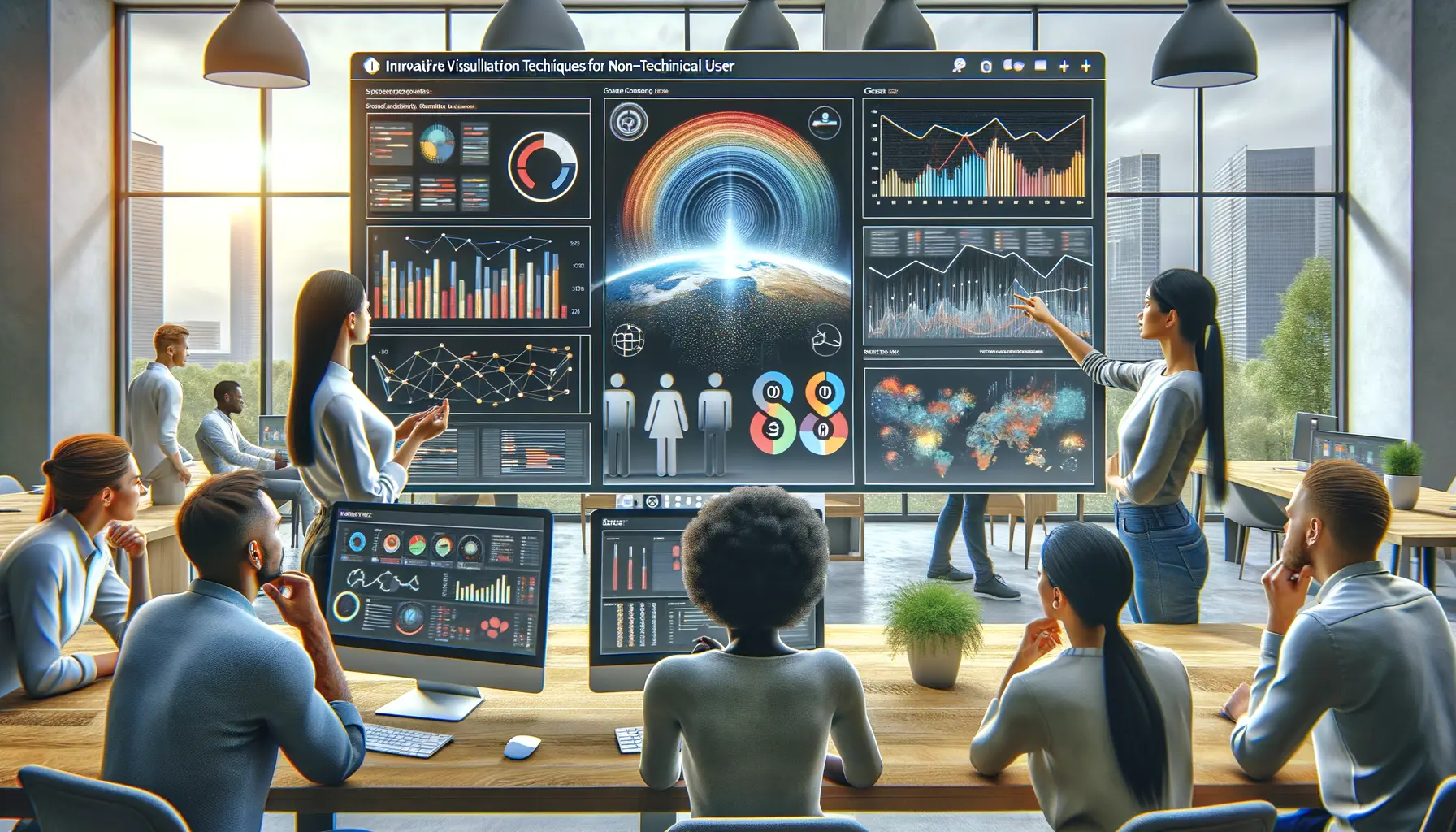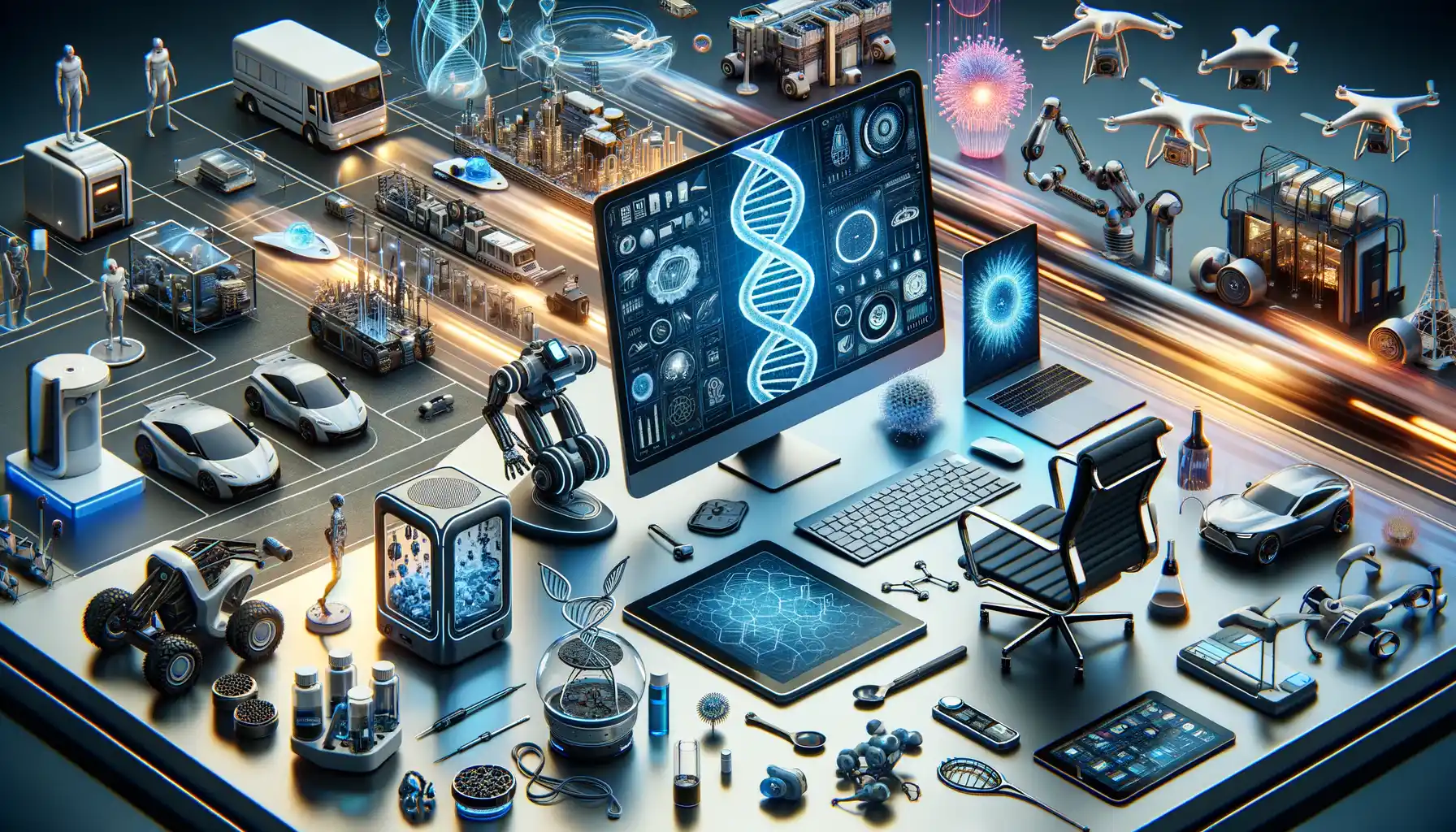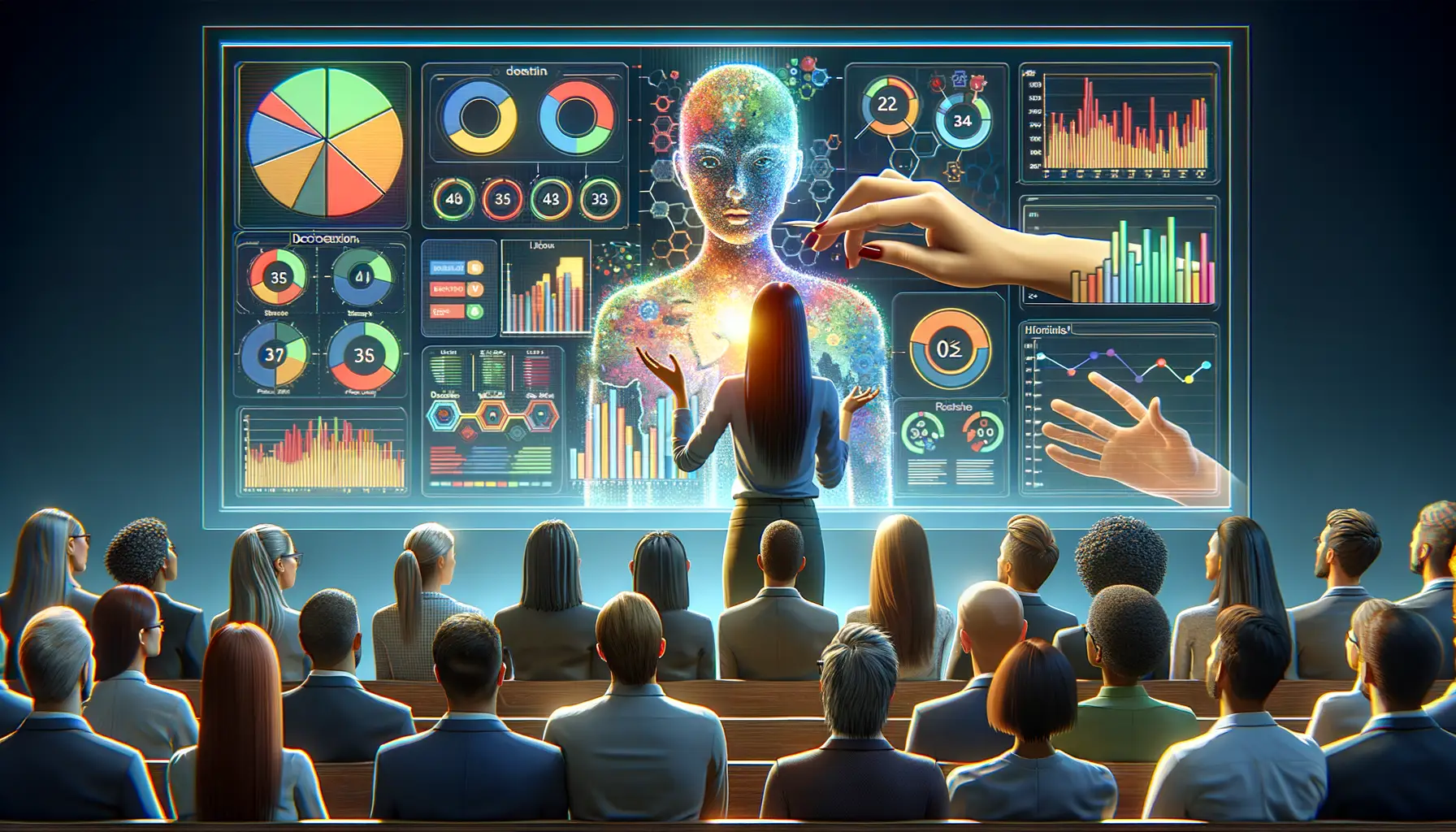Introduction to Data Visualization Trends
Imagine standing before a blank canvas, brush in hand, ready to paint the story of your data. That’s what data visualization is today—an art form that turns complex numbers into meaningful narratives. But here’s the twist: like any good art, it evolves with time. Let’s dive into the trends shaping this dynamic digital masterpiece!
Why Today’s Visuals Aren’t Your Grandpa’s Pie Charts
Gone are the days when bar charts and scatter plots were the peak of creativity. The newest trends are a rich blend of technology, storytelling, and accessibility. For starters, we’re seeing the rise of interactive visuals—graphics that don’t just share information but invite you to play, click, and explore. Take, for example, a heatmap that updates in real-time or dashboards where clicking one element reshapes the rest. These designs immerse you in the data, making every discovery feel personal.
And then there’s the bold move towards inclusivity. Data visualization now speaks more languages—through accessible color schemes for the colorblind, voice-to-data tools, or even tactile visualizations for those with impaired sight. It’s not just about “seeing” data anymore; it’s about feeling its pulse in fresh, groundbreaking ways.
The “Trend-Setters” Leading the Charge
- Minimalism meets storytelling: Forget cluttered dashboards. Clean, focused visuals with a powerful narrative grip audiences better than ever.
- AI-powered insights: Machine learning isn’t just crunching numbers—it’s designing charts, suggesting correlations, and surfacing hidden patterns.
- Augmented reality (AR): Imagine pointing your phone at a room layout and seeing sales data visually mapped over it. The future feels almost sci-fi.
The key takeaway? The world of data visualization is rolling out the red carpet for creativity and accessibility while quietly leaving traditional formats in the dust. And trust me, this transformation is just getting started.
Innovative Visualization Techniques for Non-Technical Users

Making Data Speak Your Language
Imagine staring at a mountain of numbers, charts, and confusion. Not exactly inspiring, right? Now picture this: your data transforms into a vibrant story with visuals so intuitive, even someone new to tech feels like a pro. That’s the magic of today’s groundbreaking visualization techniques.
Gone are the days of spreadsheets that seem to stretch into eternity. With tools like drag-and-drop dashboards and automated infographics, non-technical users can now take charge of their data narrative. Want to see sales trends over time? Instead of decoding a dense graph, you might work with interactive heatmaps that light up hotspots of performance. Need to explain customer demographics? Think colorful, dynamic profiles that feel more like flipping through a magazine than analyzing stats.
- Storytelling visualizations, like sequential data flow diagrams, make complex timelines crystal clear.
- Natural language interfaces let you type “Show me last month’s revenue” and watch your chart create itself.
These tools bridge the gap for non-techies, replacing jargon with clarity and frustration with a sense of mastery. Isn’t it time data started speaking your language?
Tools and Technologies Shaping the Future

Game-Changing Tools Making Data Come Alive
Imagine unlocking the secrets hidden in massive datasets without breaking a sweat. That’s exactly what cutting-edge tools are doing for data enthusiasts and non-techies alike. These aren’t just platforms—they’re like having a personal Sherlock Holmes and Picasso rolled into one.
Take Tableau Public, for example. It feels like magic when you upload your data and suddenly see trends you hadn’t noticed before, displayed through stunning visuals. Or Power BI, which makes merging spreadsheets and creating real-time dashboards ridiculously intuitive.
But the future isn’t just about big names. Emerging stars like Flourish are transforming static numbers into interactive stories that pop off the screen. And let’s talk AI: tools like ChatGPT plugins can explain data insights, while machine learning-driven apps predict patterns you didn’t even know mattered.
- Charticulator: Design custom visualizations beyond cookie-cutter charts.
- D3.js: For those willing to dig deeper, this JavaScript library lets you create mesmerizing, tailor-made visuals.
These tools are reshaping not just how we see data, but how we interact with it—dynamic, accessible, and downright addictive to use!
Impact of Data Visualization on Decision-Making

The Power of Storytelling with Visual Data
Imagine standing in a crowded room, trying to describe last quarter’s sales trends without a single chart or graph. Tough, right? That’s exactly how decision-making feels without data visualization—like trying to navigate a stormy sea blindfolded.
With the right visuals, though, something incredible happens. Patterns emerge. Outliers scream for attention. Suddenly, numbers transform into stories that everyone, from the CEO to an intern, can understand and act on. A simple bar chart can spotlight your best-performing region, while an interactive map might uncover untapped markets you didn’t even know existed.
Data visualization doesn’t just inform—it persuades. It connects emotionally. A well-designed dashboard showing declining customer churn isn’t just a collection of facts; it’s a rallying cry for your team.
In today’s fast-paced environment, decisions need to be quick but informed—and compelling visuals are the secret weapon to getting there faster, smarter, and with confidence.
Future Challenges and Opportunities in Data Visualization

Breaking Barriers in an Ever-Evolving Landscape
Picture this: a world where data speaks a universal, visual language that even your grandmother can understand. Sounds dreamy, right? But the road ahead is not without its twists and turns. One of the biggest hurdles? Keeping up with the sheer *explosion* of data. The more we collect, the harder it becomes to filter out the noise and present something meaningful. Imagine trying to find a single melody in a chaotic orchestra—challenging but incredibly rewarding when achieved.
Another conundrum? **Accessibility**. Not just making it simple for non-techies, but truly **inclusive** for individuals with disabilities. How do you create visuals impactful enough for someone with visual impairments or cognitive limitations? It’s a tough nut to crack, but progress here could transform lives.
The opportunities, however, are dazzling. Think **Augmented Reality (AR)** dashboards or *self-updating charts* that anticipate what users need next. The future? It’s *ripe* for innovators with bold ideas and a commitment to reshaping this vibrant, colorful field.




